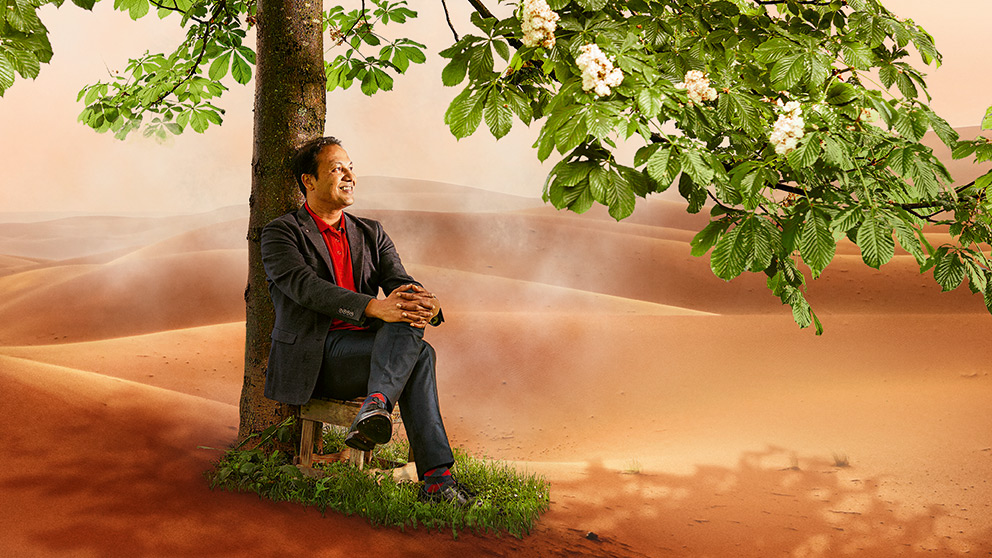Jump to the content
- {{#headlines}}
- {{title}} {{/headlines}}

Until March 2018, Dr Mohammad Rahman from Bangladesh was a Humboldt Research Fellow at the Technical University of Munich and is now continuing his research there at the Chair for Strategic Landscape Planning and Management.

Trees could play an important role in preparing cities for global warming. Which tree has the greatest cooling effect is, however, difficult to determine, according to Rahman. “It depends on the surroundings.” Essentially, the tree’s water requirements are decisive. Rahman’s team investigated this by focusing on two tree species; both are common in German cities, but one is much thirstier than the other: the small-leaved lime and the black locust. Whilst the lime has a dense crown with large leaves and a correspondingly high water requirement, the black locust with its smaller leaves and thinner crown manages on half to a fifth of the same amount.
A tree’s cooling effect has two components: the shade it gives and the cooling produced by evaporation into the air. The lime provides more shade and produces more evaporation chill than the black locust, but it also draws a lot of water from the surrounding soil, leaving less for the grass in the park which, in turn, also has a cooling effect. As Rahman’s studies show, under the same water conditions, the tree will transpire less than the grass. So, when it comes to the microclimate, that is, creating shade for people and asphalted areas, his recommendation for urban planners is to choose the lime. In parks, on the other hand, where the trees are surrounded by grass, the combination of grass and black locust generates greater cooling. The same is true of other very thirsty tree species like the horse chestnut tree and the beech or less thirsty ones like the oak.
published in Humboldt Kosmos 110/2019
